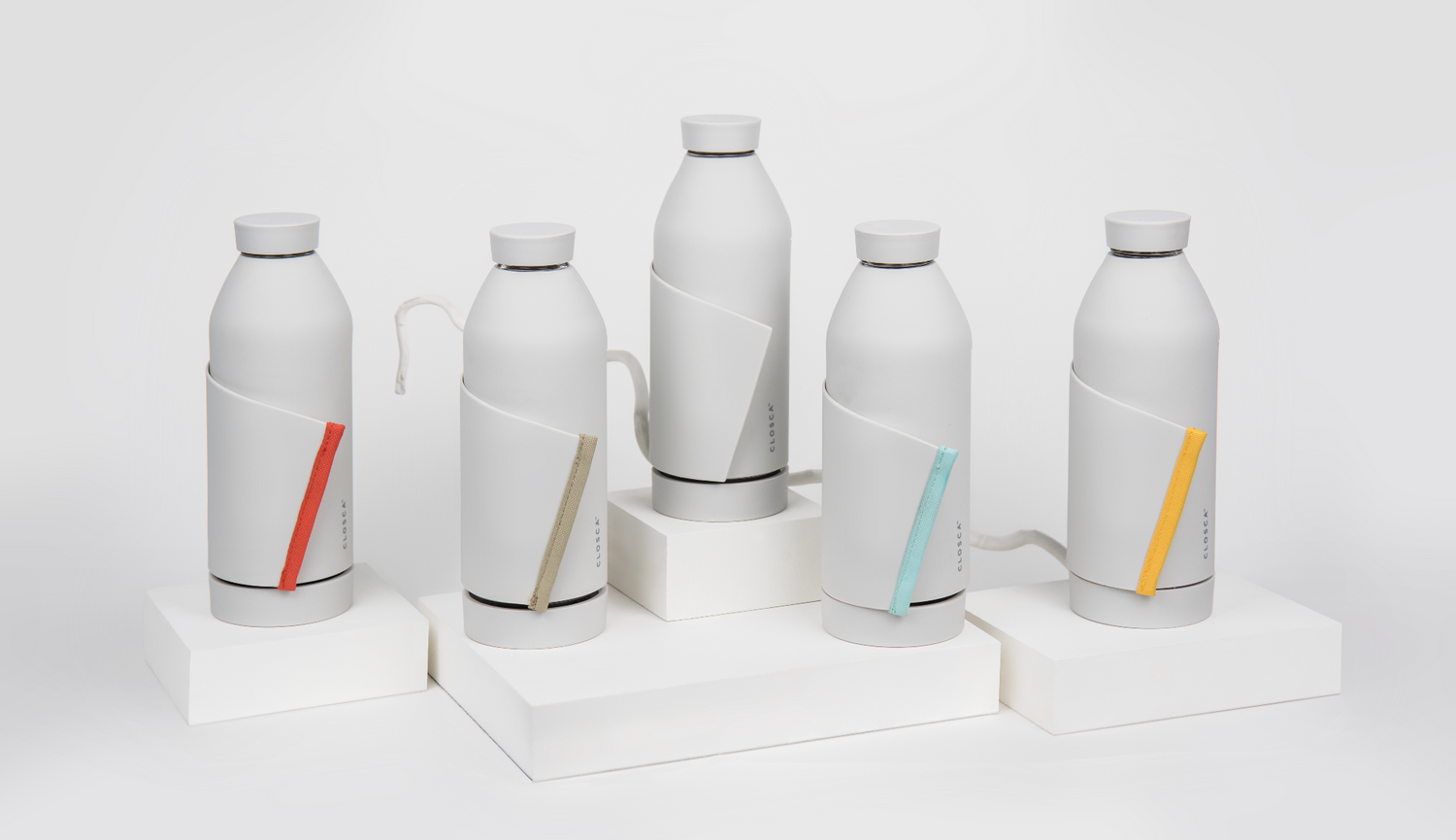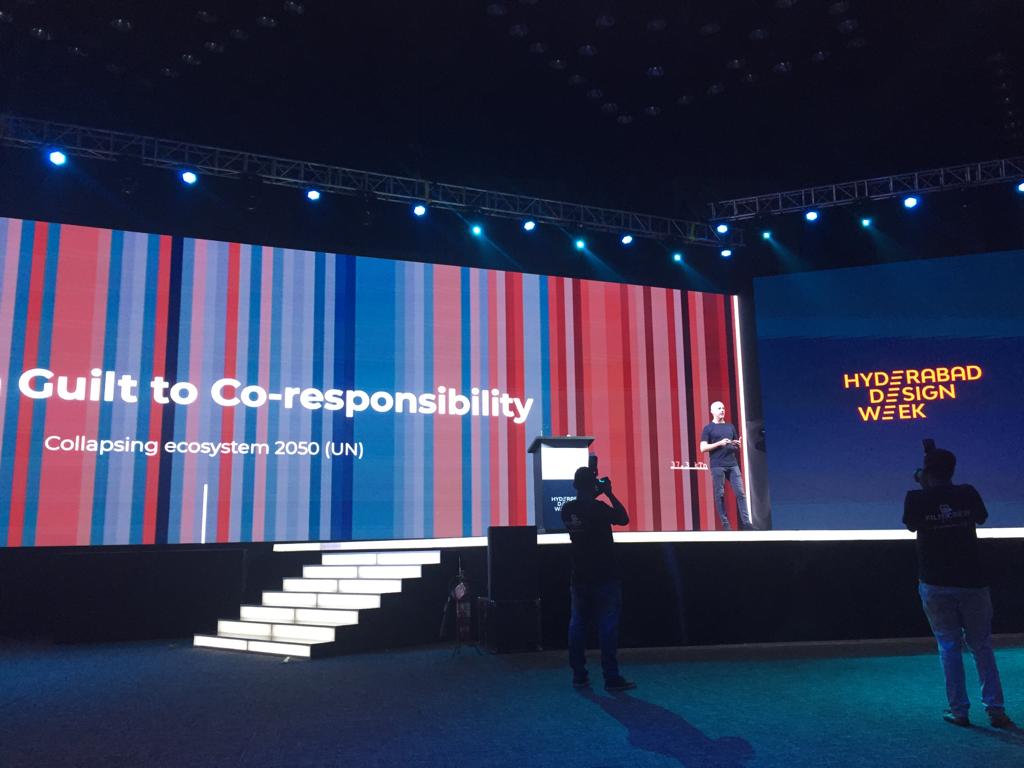Expiring nature icons, inspiring sustainable attitudes.
Have you ever thought about saying goodbye to nature icons? The United Nations warns us that we have a very high risk of making the planet earth uninhabitable for human beings by 2050. Perhaps the time has come to start asking ourselves this question.
In Closca, we believe in the generation of conscious people who want to change this spiral and want to show others that it is possible to change the direction of the planet.
The new collection called “consciousness” is not just any collection. This collection is based on the nature icons that are expiring, creating consciousness in our daily actions.
But... what does “consciousness” really mean? This word means “the act of sharing knowledge.” - Con (together) + scios (knowledge) + ness (action); and that’s what the central axis of the campaign is all about. We want to give visibility to the state of many of the icons of nature that we are losing day after day, sharing knowledge and inviting everyone to take action.
It hurts to see how governments and many big ones remain impassive to this and, despite being a small team, we assume the responsibility that others do not consider. How are we going to say goodbye to our planet? Perhaps we should start by saying goodbye to many of the nature icons.
The Consciousness campaign seeks to ask this painful question to society and invite it to share the real situation of each one of them. Maybe we still have time to heal the hurts we have caused to the planet.
That’s why we have created a colorful collection based on four nature icons: glaciers, corals, savannas, and beaches. For every purchase of each nature icon’s color, Closca will donate the 10% of the amount to heroes teams that inspire us and fight every day for each of these causes.

Closca Bottle Glacier Aquamarine: the inspiration.
Today, 10% of the Earth’s surface is covered with glaciers, but by the end of this century, only 4% to 13% of the planet’s frozen surface in 2003 will remain.
Since 1961, our planet’s glaciers have lost more than 9,625 gigatonnes of ice, causing a sea-level rise of 27 millimeters. In other words, each year the ice covering the Alps melts three times worldwide. An environmental disaster with a clear culprit: global warming.

Closca Bottle Living Coral: the inspiration.
Coral bleaching occurs when, due to high water temperatures, the microalgae that inhabit the coral die. These microalgae, known as zooxanthellae, provide the coral with almost all the energy it needs, providing it with oxygen and organic molecules. When these disappear, not being able to support the temperature, the coral begins to bleach little by little until it dies.
Scientists have shown for the first time that some wild corals feed on small pieces of plastic garbage. Worse still, animals seem to prefer these “microplastics” to their natural foods, even when the plastic carries bacteria that can kill them. According to researchers, fragments of our trash, new bacteria or harmful bacteria could be responsible for coral disease.

Closca Bottle Beach Sand: the inspiration.
According to experts, the beach sand comes mainly from eroded rivers and cliffs, geographical features that have been diminished by dams and human action on the cliffs.
Microplastics and macroplastics have enormous economic and social impacts. The garbage accumulated on the beaches directly affects the tourism sector and cleaning-up this causes huge outlays of public money.

Closca Bottle Savannah Sun: the inspiration.
Do you know the effect of climate change on desertification? Savannas are home to some of the world’s most exotic animals and birds. They are found in animal and bird migration corridors and contain some of the world’s largest watersheds. The Savanna also acts as a carbon sink, absorbing carbon dioxide from the atmosphere and helping to maintain the balance of global temperatures.
“On the one hand, rising temperatures can have negative effects by increasing soil water evaporation and reducing precipitation in drylands. On the other hand, the increase in carbon dioxide in the atmosphere can boost the growth of some plant species. Climate change could lead to an increased risk of aridity and desertification in many areas, although it is difficult to predict the effects of the subsequent loss of biodiversity on desertification”.
Don’t forget that, together, sharing knowledge, we will lead to action.




Laisser un commentaire
Ce site est protégé par hCaptcha, et la Politique de confidentialité et les Conditions de service de hCaptcha s’appliquent.